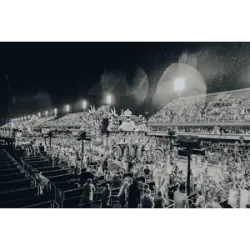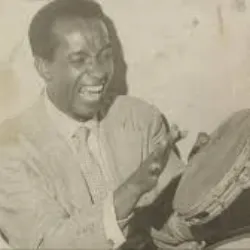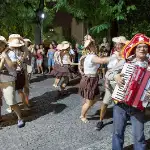The Rio Sambadrome and Its Creator

Before the construction of the Marquês de Sapucaí Sambadrome, the Rio de Janeiro samba school parades took place in different locations around the city, such as Avenida Rio Branco and Presidente Vargas. However, as Carnival grew and the number of spectators increased, the need for a permanent venue to host the show arose.
In 1983, the then governor of Rio, Leonel Brizola, commissioned a project from renowned architect Oscar Niemeyer to create a permanent structure for the parades. Niemeyer designed the Marquês de Sapucaí Sambadrome, which opened in 1984. The space has permanent grandstands along the avenue and exclusive boxes, providing a unique experience for the audience.
The Sambadrome is not only the stage for the largest Carnival in the world, but also a space for culture and education. Throughout the year, it houses the Municipal School of Arts, known as "Sambódromo CIEP", which offers education to children from the region. In addition, it has hosted major events, such as international concerts and even sports competitions at the 2016 Olympics.
Since its inauguration, the Sambódromo has become an icon of Rio's Carnival, immortalizing unforgettable moments and keeping the tradition of samba schools alive. With its imposing and symbolic structure, it continues to be one of the most important stages of Brazilian culture.
Did you know??












